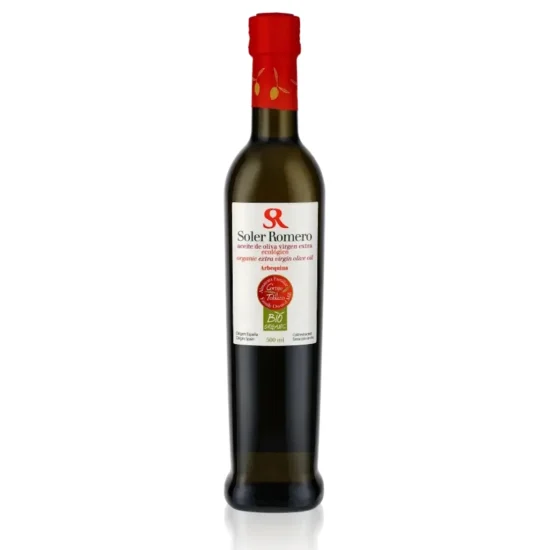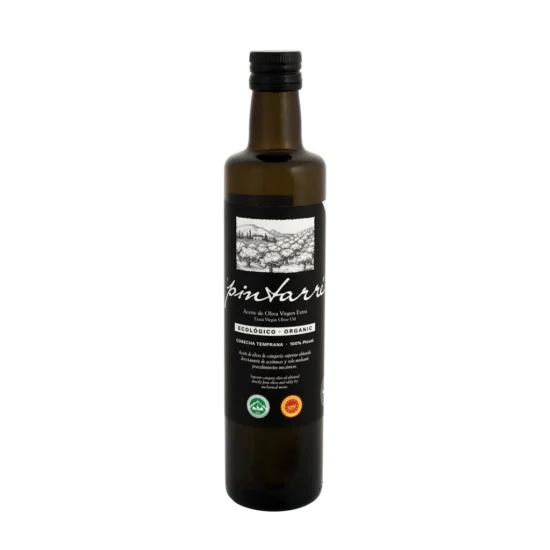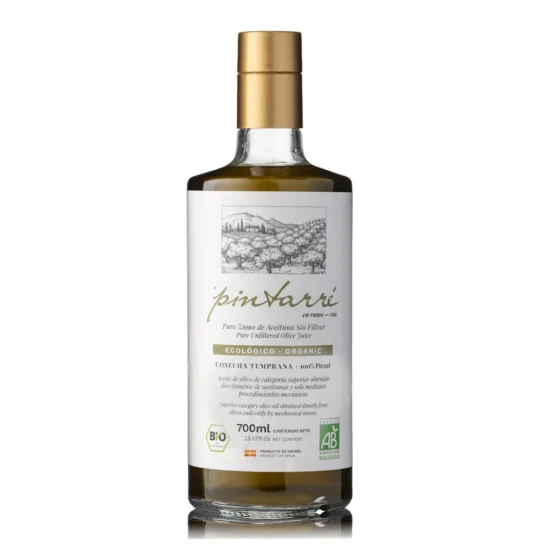Cooking with olive oil? Not all oils are the same: there are those used for cold dishes and others for frying. Learn what distinguishes them and their health benefits here.
Some recipes explicitly mention the type of oil to use, while others don’t. Nevertheless, it can make a big difference. Despite the wide variety of oils available on the market, it’s safe to use at most three without even knowing if you’re using them correctly. We’ll show you how to get the most out of your oil, both in terms of flavor and health benefits.
From frying to salad dressing, cooking oil is used in a wide variety of culinary preparations. Here’s a quick reminder to help you know when to use one or another oil: Generally, cold-pressed oils are used for cold dishes, while refined oils are used for hot dishes. However, some cold-pressed oils can also be used for cooking and frying.
Embarking on a culinary adventure often involves selecting the right cooking oil, and extra virgin olive oil presents a compelling choice for many. When considering different types of oils, refined options come to mind as versatile ingredients, particularly when the goal is to maintain the pure essence of the dish. These oils, frequently exhibiting a translucent or subtly yellow appearance, are processed to achieve a neutral flavor profile, ensuring they don’t interfere with the delicate tastes of the other components in the recipe.
On the other hand, cold-pressed oils offer a distinct sensory experience, enriching dishes with their pronounced and captivating aromas. Their visual appeal is equally striking, displaying a spectrum of colors from a bright, sunny yellow to a rich, deep green, indicative of their natural processing. It’s a common belief that cold-pressed oils inherently possess greater health advantages compared to their refined counterparts. However, this notion requires a nuanced understanding, as the health benefits can vary depending on the specific type of oil and the refining process.
Within the realm of cold-pressed oils, extra virgin olive oil holds a special place. It stands out as a natural product, meticulously extracted through mechanical means without the application of heat or chemical solvents. This careful cold-pressing method ensures the preservation of its inherent flavors, aromas, and beneficial compounds. Furthermore, the distinction of “extra virgin” signifies that these oils have not undergone any distillation or roasting processes, further safeguarding their natural qualities and contributing to their esteemed status in the culinary world. Choosing extra virgin olive oil can therefore elevate a dish not only through its flavor but also by embracing a more natural and minimally processed ingredient.
For cooking, frying, and deep-frying at high temperatures, it is best to use refined oils and special cooking oils. In fact, these can be heated to temperatures above 200 degrees Celsius, which is usually indicated on the bottle. If a (vegetable) oil has a high linoleic acid content, its cold-pressed version can also be heated, which is especially true for olive oil.
Please note: Above 170 degrees Celsius, your food won’t cook any faster, but the oil will break down more quickly, and in starchy foods such as hash browns or fries, the harmful substance acrylamide can form.
When cooking, steaming, and stewing, the type of oil used is not important, as the maximum temperatures reached are around 100 degrees Celsius. For baking or baking, you can choose a neutral-tasting refined oil, such as rapeseed oil, which can withstand high oven temperatures.
The higher the unsaturated fatty acid content, the less the oil will withstand high temperatures. A good example is linseed oil: this vegetable oil, usually cold-pressed from linseed, contains a large amount of polyunsaturated fatty acids, which cannot withstand high temperatures. That’s a shame, because omega-3 fatty acids are extremely important for the body, which cannot produce them itself and relies on them for its metabolism.
The lower the smoke point of an oil, the more it smokes when heated, which is the case with cold-pressed oils. One more reason to use them for salad dressings rather than for preparing hot dishes.
Important Note: aceitedelcampo.com promotes the consumption of extra virgin olive oil for its culinary qualities and health benefits. However, no medication or current treatment should be replaced without the guidance of a healthcare professional.




ALZAYT EXPORT SL
info@aceitedelcampo.com
C/ Eduardo Bosca 19, 2-5
46023 Valencia
Subscribe and receive a coupon by email for your next purchase.